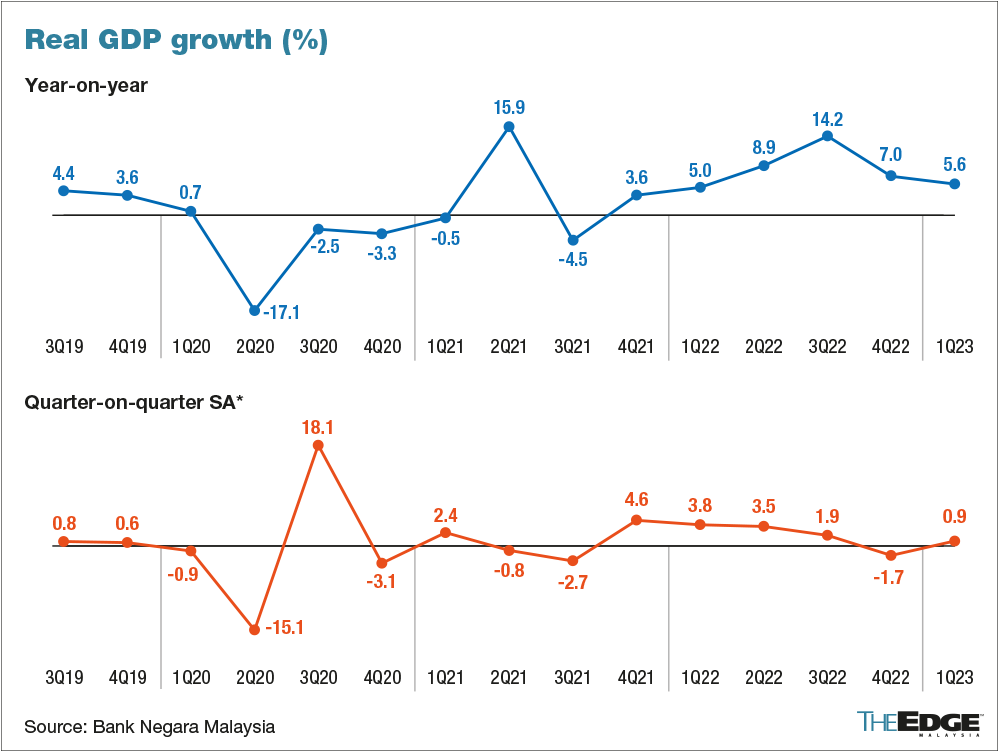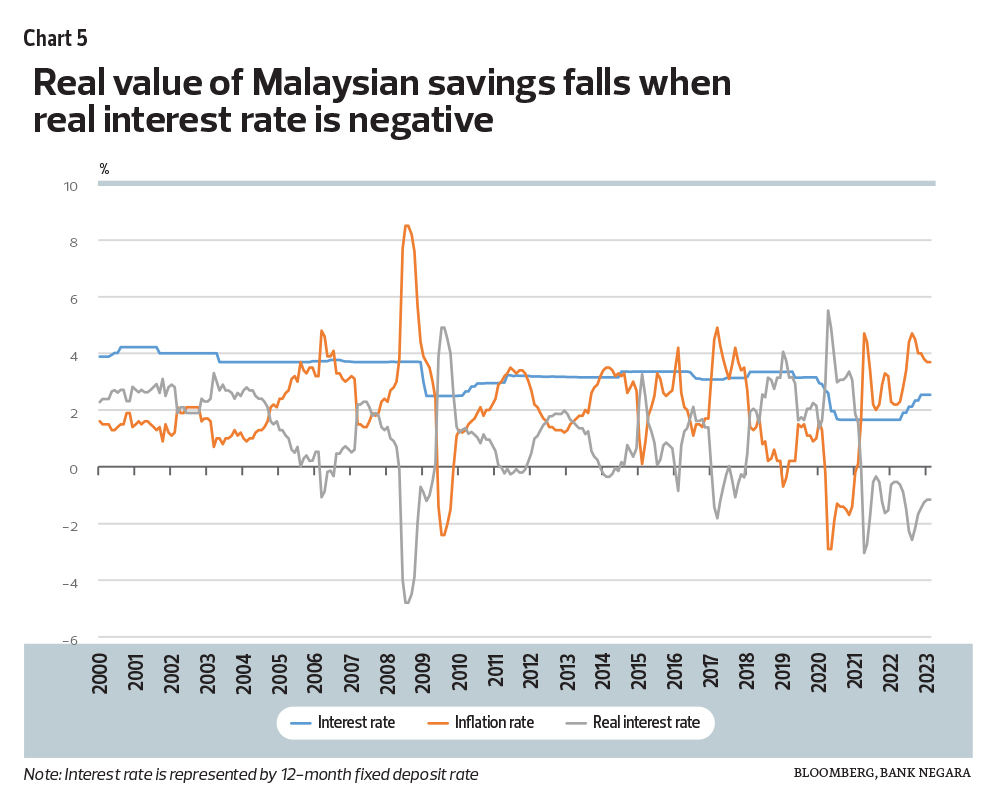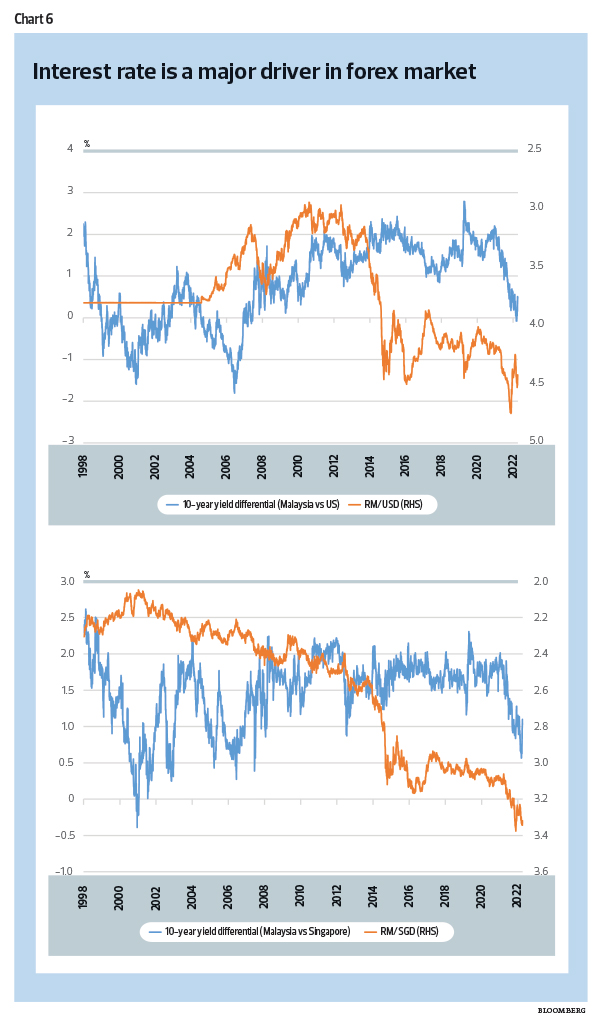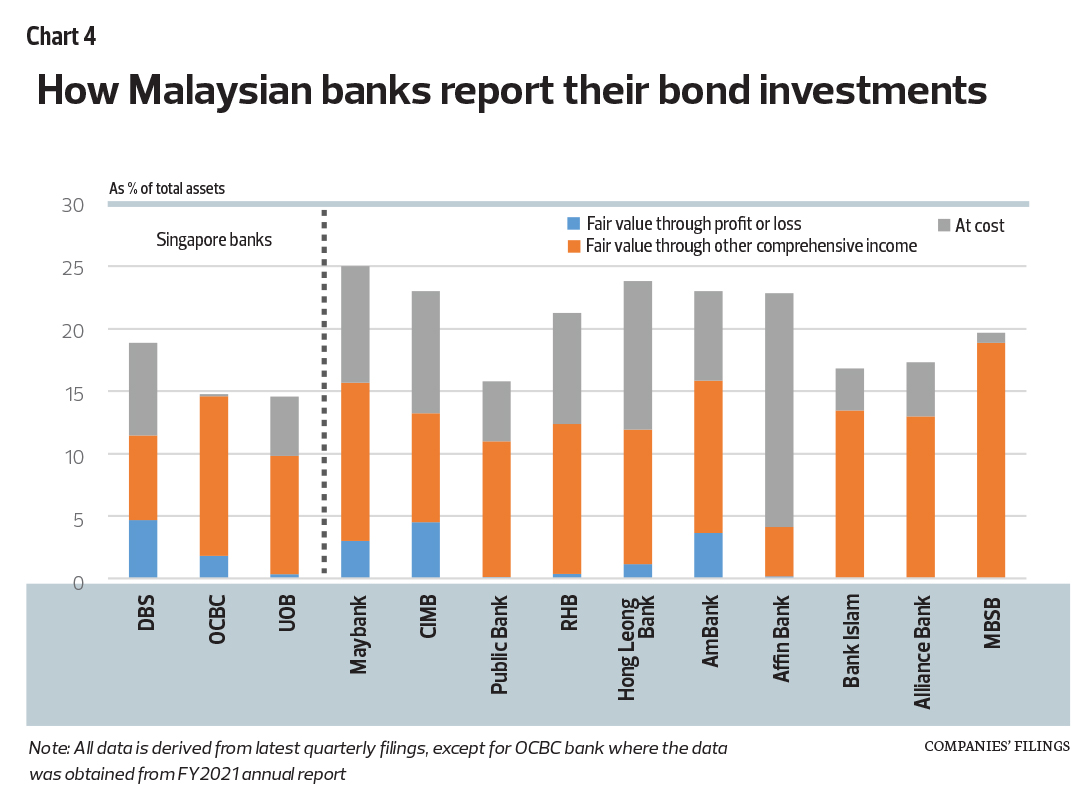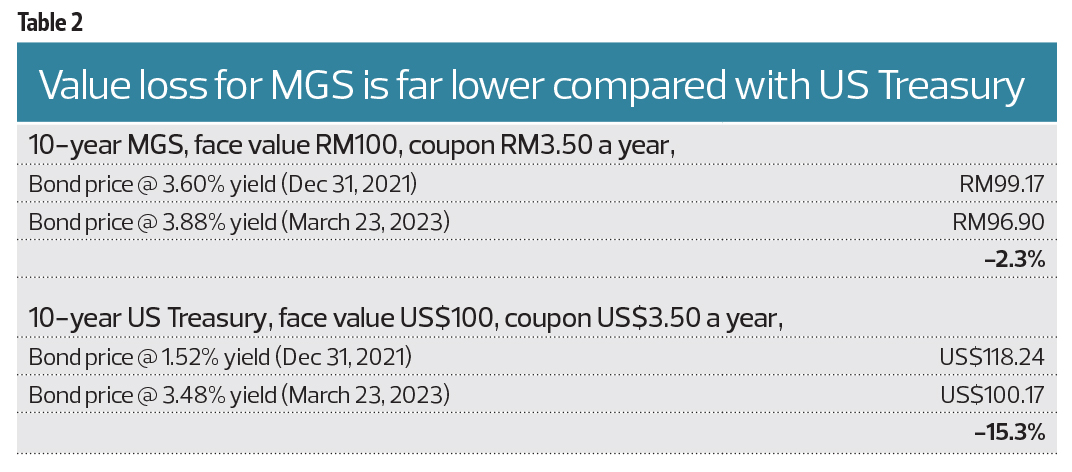MANY of us dream of the day when we can finally retire.
However, not many of us actually prepare for it and by the time that fateful day arrives, we wish that we could turn back the clock, plan ahead or do things differently.
Here are five retirement mistakes to avoid:
Not planning for retirement
Excellentte Consultancy Sdn Bhd’s Jeremy Tan said many end up retiring without having a proper retirement plan.
“Many just end up ‘drifting’ into retirement. But even those that choose to plan, end up miscalculating and don’t save up enough to cover their retirement years,” he told StarBiz.
Tan said having a retirement plan is an important financial goal that everyone needs to have.
“It is never too early to start planning for retirement,” he said, adding that it was crucial to ensure that one’s savings could last longer than their lifespan.
“Taking the country’s life expectancy as the bench-mark, it would be wise to add at least another 10 years to the average life expectancy.
“Taking into consideration the availability of better healthcare and medical treatments available today, it is noteworthy that the average life expectancy has been increasing.”
Success Concepts chief executive officer Joyce Chuah said many individuals miscalculate the amount of money they need to save by the time they retire.
“One common error involves underestimating the amount required for post-retirement.
“The challenge for most people would usually be to have a decent understanding of financial concepts like discount, interest and inflation rates, so that they can predict the present value of lifelong earnings and consumptions.
“Moreover, unexpected circumstances such as changes in health status or the unclear financial burden related to health problems can affect insufficiency in retirement savings.”
Chuah said one should make time to comprehend basic financial literacy concepts.
“If personal finance is not your cup of tea, get guidance from a financial adviser to run your numbers when your financial, physical and economic situations change.”
Not having a diversified portfolio
If you are planning for retirement, it’s always best to have a diversified portfolio, said Tan.
“Having a portfolio with diversified risks can still be applied during the retirement years, rather than on just a conservatively-centric basis.”
Chuah said many are also too risk-averse when it comes to financial planning, especially for retirement.
“Humans are also made to avert risky situations that threaten our security, be it physical or financial. Putting money into fixed income that guarantees the capital at a low return is only good for short-term and emergency purposes.
“In the long run, any fixed income that does not hedge against inflation will mean that you are essentially experiencing a deterioration in your money’s ability to purchase future goods and services.”
Sadly, Chuah said the effect of inflation is not immediately felt, as many individuals often take refuge in the fact that their capital stays intact, compared to volatile investments.
“Comprehend the positive side of taking risks, which is to hedge against inflation and eventually grow your wealth.”
She added that one should make an effort to understand the levels of risks one can take as a new investor.
“Progress with risk management strategies so that you can deploy them, especially during declining markets.
“Differentiate the risks between being a short-term trader and a longer-term investor, with the latter being a preferred option for long-term wealth accumulation for retirement,” she said.
No healthcare planning
Healthcare tends to be one of the largest expenses an individual can incur during retirement.
By not planning for it, many end up burning their life’s savings on high medical bills well into their retirement years, said Tan.
“Many do not plan earlier to transfer any health cost to an insurer during their prime years, when health cost is still relatively cheap, compared to when they are in their old age.
“Many also end up taking their employer’s employee benefits coverage as a replacement for paying their own personal health costs.”
Tan said health cost planning is essential the moment one starts working.
“Transfer your health costs to an insurer as early as possible, to take advantage of the cost of insurance and ones’ prime years where the individual’s health is in the best state to receive coverage.
“As your income increases over time, upgrade the insurance plans and do it over the different stages of your life, from being single to married, to married with children and henceforth.”
Owning too many illiquid assets
Chuah noted that many individuals prefer to own physical assets.
“Being Malaysians, we love brick-and-mortar.
“However, some may have over-allocated their retirement funds into real estate which can be a strain on their retirement income should tenants leave or worse, stop paying their rent.
“An additional worry is when interest rates keep going up and monthly repayments increase.”
To avoid falling into this trap, Chuah said an individual should list all of their assets that are meant for retirement funding.
“This can start from your Employees Provident Fund, private retirement scheme, unit trusts and investment properties.
“Create a more balanced portfolio consisting of properties, bonds and equities with no more than 40% of it in real property, as you get closer to retirement age.”
Losing money to financial scams
Chuah noted that scams have befallen many individuals over the decades.
“Sadly, people are still being lured into the scam trap, normally via abnormally high guaranteed returns. As the saying goes, ‘if it’s too good to be true, then it’s too good to be true’.
“The unfortunate truth is that many people have been lured into these schemes because they have no patience to obtain returns from proven investment portfolios that work.”
Chuah pointed out that many cannot take the vagaries of the ups and downs of the stock market and merely want to accumulate wealth in the shortest time possible due to lack of planning.
“Plan and accumulate earlier so that you won’t be in a hurry to play catch-up and end up being more susceptible to schemes that promise you high returns.”
She added that there are many scams disguised as real investments that prey on investors’ emotions (such as greed and desperation).
“Even if you want to give it a shot, use only a small allocation of your ‘play money’ that you can afford to lose.
“Check with a friend or adviser who can give you an objective evaluation of the scheme before you do,” Chuah said.
https://www.thestar.com.my/business/business-news/2023/05/22/retirementmistakes-to-avoid
